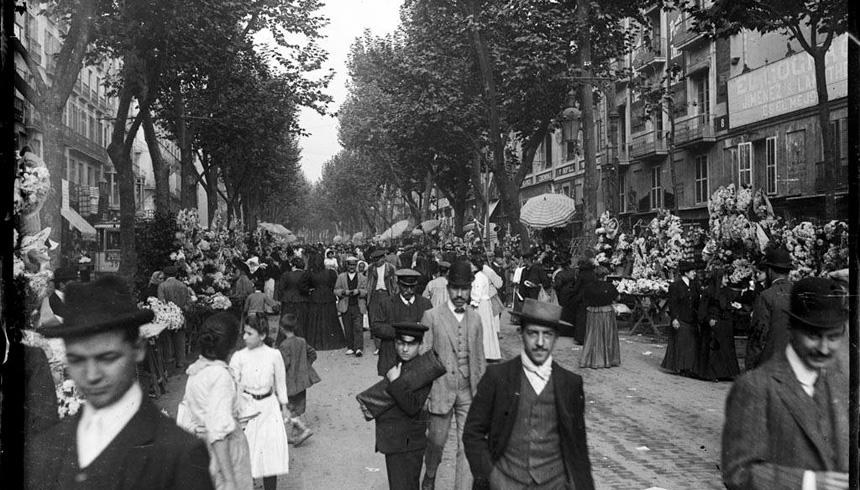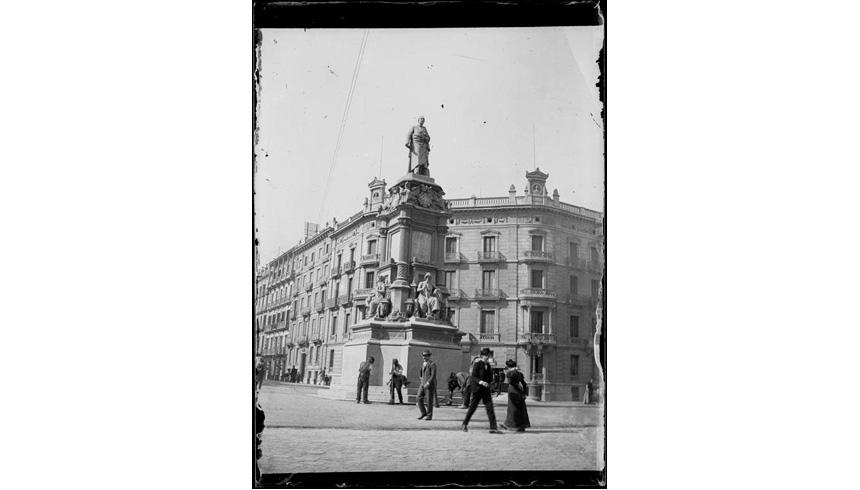A palace in El Raval
Upon the death of his father, Joan Güell i Ferrer, in 1872, Eusebi Güell inherited two residential buildings on La Rambla dels Caputxins (today numbers 35 and 37), where he went to live with his wife and children around 1884, when they were forced to leave Fonollar Palace in Carrer de la Portaferrissa.
At the same time, Eusebi Güell began buying up neighbouring properties to build Palau Güell, which was envisaged right from the beginning as an extension of the property on La Rambla.
At the time Palau Güell was built on Carrer Nou de la Rambla, the middle classes were moving into the Eixample district. Indeed, following the approval of Ildefons Cerdà's Urban Development Plan (based on blocks in a grid pattern), the city began to change physically, with a new urban centrality that left El Raval on the periphery and eventually it was left behind altogether. The word eixample in Catalan, ensanche in Spanish, means urban expansion area and says much about the intention to expand a city that was too small for all the growth taking place.


